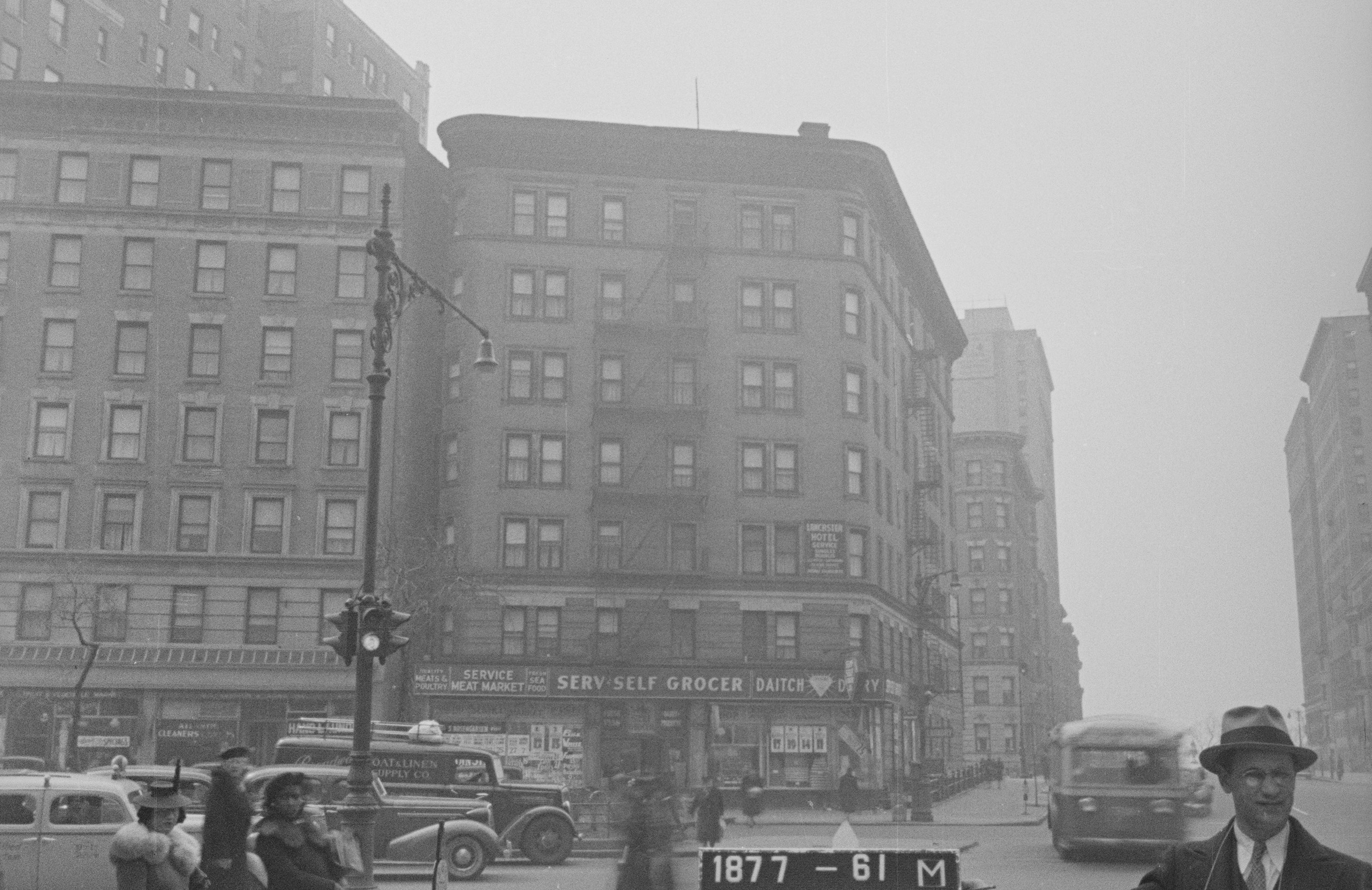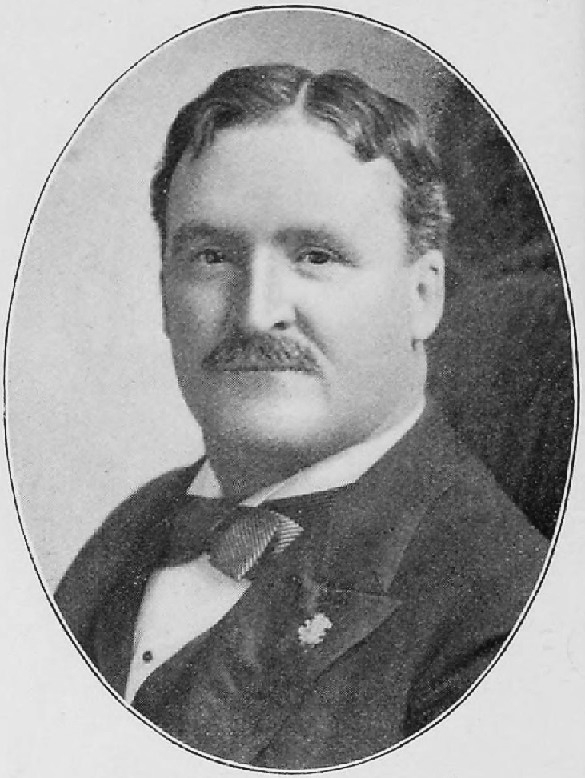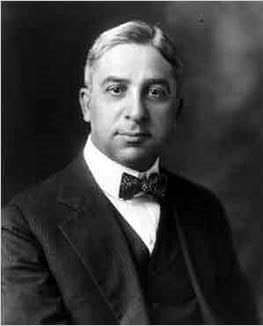
936 West End Avenue, aka The Lancaster Hotel
by Tom Miller
In 1898 architect John A. Hamilton designed a store and apartment building to engulf the northern end of the block between Broadway and West End Avenue, at West 106th Street. Completed within the year, his Renaissance Revival style structure was faced in beige brick and trimmed in limestone and terra cotta. The entrance at 936 West End Avenue was flanked by two polished granite columns that upheld a full-story arched hood. On the Broadway side were two stores.
An early tenant of the northern store was Miss C. M. MacLellan. Her advertisement in the Barnard Bulletin in March 1901 touted, “hats, toques and bonnets to order, also renewed novelties in neckwear.” To accommodate her well-heeled patrons, Miss MacLellan offered, “Orders taken at your residence by appointment.”
Among the early residents was R. F. Hamilton, “otherwise known to the world at large as ‘Tody,” according to The Morning Telegraph. He was deemed by The Fourth Estate as “the Nestor of American press agents” and for years had overseen the publicity for the Barnum & Bailey circus. On September 3, 1904, The Morning Telegraph reported that he “is in the city at his home, 936 West End avenue,” noting that he “has suffered for some time from trouble with one of his ears and is now under the care of a specialist in diseases of that organ.”
Happily, for Hamilton, a week later The Fourth Estate wrote, “Saturday he received the cheering intelligent that the danger is fast disappearing, and his hearing will not be impaired. The circus will close its season in Chicago in the middle of October and Mr. Hamilton will be there.”
It was around the same time that former Senator Samuel McMillan purchased the building. Born in Ireland in 1850, his well-rounded resume included serving as a Parks Commissioner under Mayor William L. Strong. He was now the owner of the City Island Street Railway Company, and a well-known realty operator, builder, and contractor. He took an apartment for himself and his wife, Marie Josephine Jugla, in the building. Marie was his second wife. He and his first wife, Elizabeth Short, who died in 1891, had five children, and he and Marie would have three more.
On July 1, 1908, The New York Times titled an article “’Bert’ McMillan Poisoned,” and reported that he had been found in Riverside Park unresponsive.
His adult son, Albert Campbell, not only moved his realty business, McMillan & Koch, into the southern commercial space at 2753 Broadway, but he too, moved into the building with his wife, the former Virginia Boyd, whom he had married in 1903. Albert was a colorful figure who had been one of Theodore Roosevelt’s Rough Riders during the Spanish-American War. He returned from the war a semi-invalid with “tropical fever,” and his father set him up in the realty business.
On December 23, 1907, Marie McMillan died. The Evening World remarked, “She leaves three children, the youngest one year old.” Two years later, on December 15, 1909, McMillan married E. Elizabeth Wilson in Washington D.C. The Sun called the wedding “a social event in Washington” and noted that the former Vice President James S. Sherman and “many members of both houses of Congress were guests.” McMillan gave his bride—who was 30 years younger than he—a check for $15,000 as a wedding present.
In the meantime, Albert McMillan was making headlines of his own. On July 1, 1908, The New York Times titled an article “’Bert’ McMillan Poisoned,” and reported that he had been found in Riverside Park unresponsive. The police report read, “Bert McMillan, 30, 936 West End Avenue, morphine poisoning. Taken by mistake for bicarbonate of soda. Attended by Dr. Rubel…and remained at home.” The very hint of a possible suicide attempt was scandalous at the time and when a reporter from The New York Times went to the apartment that evening, a servant said, “the entire family had gone to the country.”
The following year, in March 1910, Virginia McMillan filed for divorce. To show the judge her husband could afford a generous alimony, she said that he had “a real estate office next door to their home, that he had been paying $1,200 annual rent for their apartment and paid $1,200 a year for her clothing, hats, shoes and the like, besides allowing her liberal pin money.” McMillan refuted her testimony, saying that the couple “had, in reality, been living practically on the bounty of his father.”
After eight years of marriage, Elizabeth filed for divorce from Samuel McMillan in December 1917. She charged him with “drunkenness and indiscreet conduct.” The youngest child, Jane, was living in a Massachusetts boarding school. The Sun reported, “Mrs. McMillan alleges, and her husband denies, that the girl is away from home because of the defendant’s drunkenness.” Despite the well-publicized rift, the couple did not divorce, but seem to have worked out their differences. They were still living in the building on May 7, 1924 when Samuel McMillan died.
Like the McMillan families, the other residents were affluent. Among them was stockbroker W. J. B. Mills, called by the New York Telegram, “one of the most popular men on the floor of the Exchange.” And living here by 1915 were Richard T. Percy and his wife, the former Josephine Jennings. Percy was a voice coach, and the organist and choir director of Marble Collegiate Church. Josephine was the soprano soloist for All Soul’s Church and a member of the facility of the Musical Conservatory at Englewood, New Jersey.
One resident, Florence A. Powell, was having dinner with friends in the Hotel Manhattan on Madison Avenue on the night of April 16, 1918. The country was in a patriotic fervor with its entrance into World War I. When the hotel orchestra began playing The Star-Spangled Banner, the entire room rose to their feet–all except for Harry Joralmon, a broker, and his female companion. Florence later said, “I saw him seated at a table with his hat on and a big cigar in his mouth, talking to a young woman.” It was too much of an affront for her to bear—her brother and cousins were fighting abroad.
What resulted was reported in newspapers across the country. The Los Angeles Evening Times reported, “The dining room of the Hotel Manhattan, Madison Avenue and Forty-second street, was thrown in a tumult by a fracas between a fashionably dressed young woman and a middle-aged man.” Florence strode over to his table and said, “Will you kindly take off your hat, sir? What kind of an American are you?” And he replied, “What the ___ concern is that of yours?”
Florence snatched his hat off his head and threw it to the floor. Joralmon “launched a counterattack,” grabbing Florence’s hat off her head and throwing it to the ground. In doing so, he tore her veil and undid her coif, so her hair fell down her back.
The Los Angeles Evening Times reported, “The young woman’s screams aroused the diners. Mr. Joralmon slipped away in his confusion, but his fair antagonist followed him and called a policeman. He was arrested at the hotel door.”
The attacker had been wounded in the chest. He stumbled down the staircase to the lobby, collapsing at the front door.
A resident of note at the time was John George Stickley and his wife Grace Sherwood. The youngest of the well-known Stickley brothers, he co-founded the furniture design and manufacturing firm Onondaga Shops, later known as L. & J. G. Stickley, with his brother Leopold. Following his death “of a complication of diseases” at the age of 50 on August 13, 1921, the New-York Tribune said he was “regarded as one of the foremost furniture designers in this country.” His funeral was held in the apartment three days later.
Around mid-century, the building became known as the Lancaster Hotel. Its owner, David Zygelman, was accused of overcharging by the Local Rent Administrator, Joseph Goldberg, on October 8, 1958. A remodeling completed in 1962 chopped up the sprawling suites to create 17 apartments per floor.
The respectability of some of the tenants had now changed. In 1977 Clarence Lynch got into a shoot-out with police after he and his partner, William Hutchinson, attempted to hold-up an Upper East Side bank. Both men were arrested, one of them critically wounded.
Transit police officer Anna Mendez lived in the building in 1992. On November 10 that year, she got home from work just before 5:00 a.m. As the elevator rose, it stopped at the second floor. When the doors opened, a man, about 30 years old, pointed a gun at her and demanded her valuables. Mendez announced that she was a police officer, flashed her badge, and pulled out her service weapon. The would-be mugger lunged and “a hand struggle ensued,” according to Ron Reale, the president of the Transit Police Benevolent Association. “One shot was discharged.”
The attacker had been wounded in the chest. He stumbled down the staircase to the lobby, collapsing at the front door. He was taken to St. Luke’s-Roosevelt Hospital where he later died.
The façade of the building was recently restored, bringing it as closely as possible back to its 1898 appearance.
Tom Miller is a social historian and blogger at daytoninmanhattan.blogspot.com
Building Database
Keep Exploring
Be a part of history!
Think Local First to support the business at 2753-2755 Broadway aka 936 West End Avenue:




